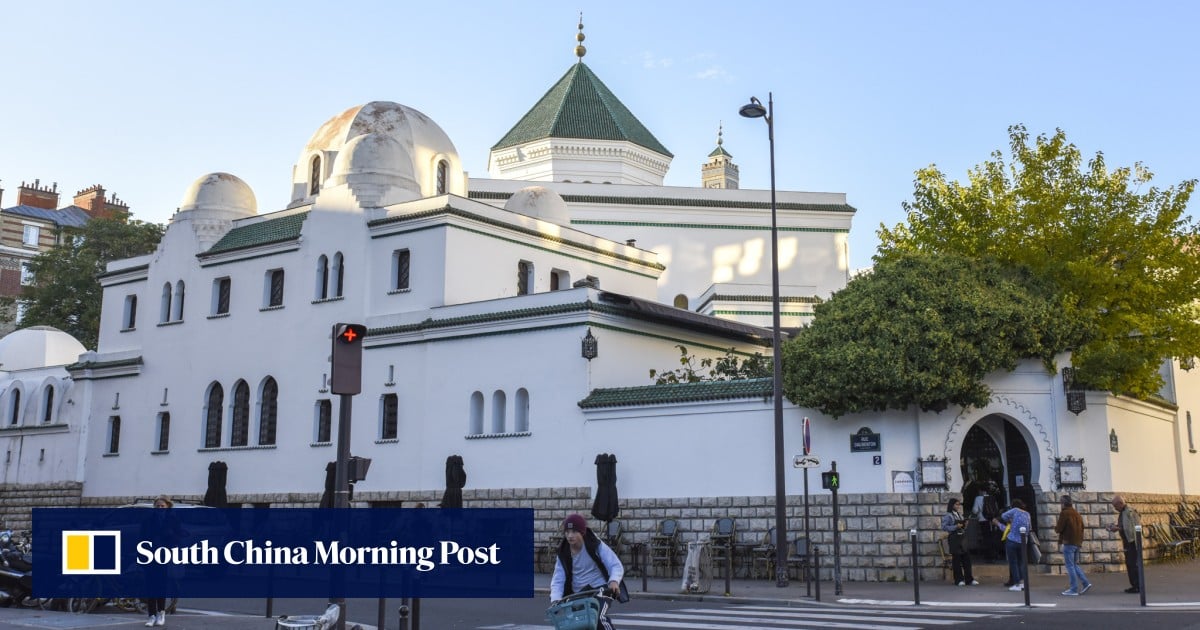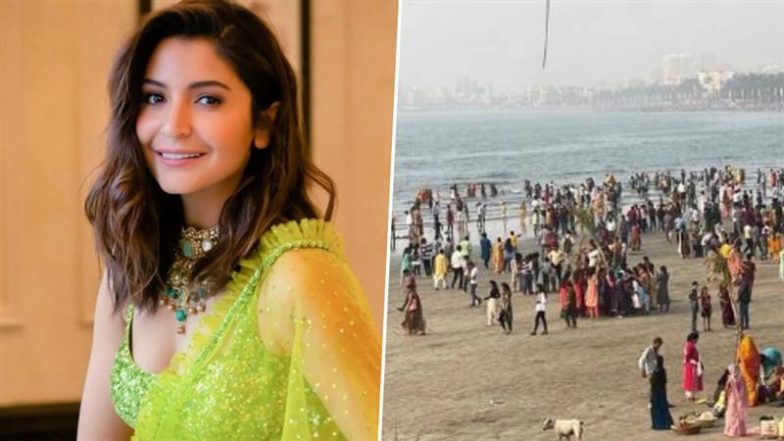Perhaps the most glorious mosque to be found in a non-Muslim-majority country, this one is also very welcoming to tourists.
The mosque neighbours the Jardin des Plantes botanical garden, in the Latin Quarter of the 5th arrondissement, in Paris’ inner-south, and costs €3 (US$3.20) to enter.
French- or English-speaking tour guides come for free and can explain how this jewel was erected nearly a century ago by Muslim immigrants from North Africa.
2. Musée du Quai Branly – Jacques Chirac
Forget joining the snaking queues outside The Louvre and instead admire artworks and artefacts from beyond the Western world at the Quai Branly Museum.
The Louvre is revered for its works by European masters whereas the Quai Branly focuses on those from Asia, Africa, Oceania and the Americas.
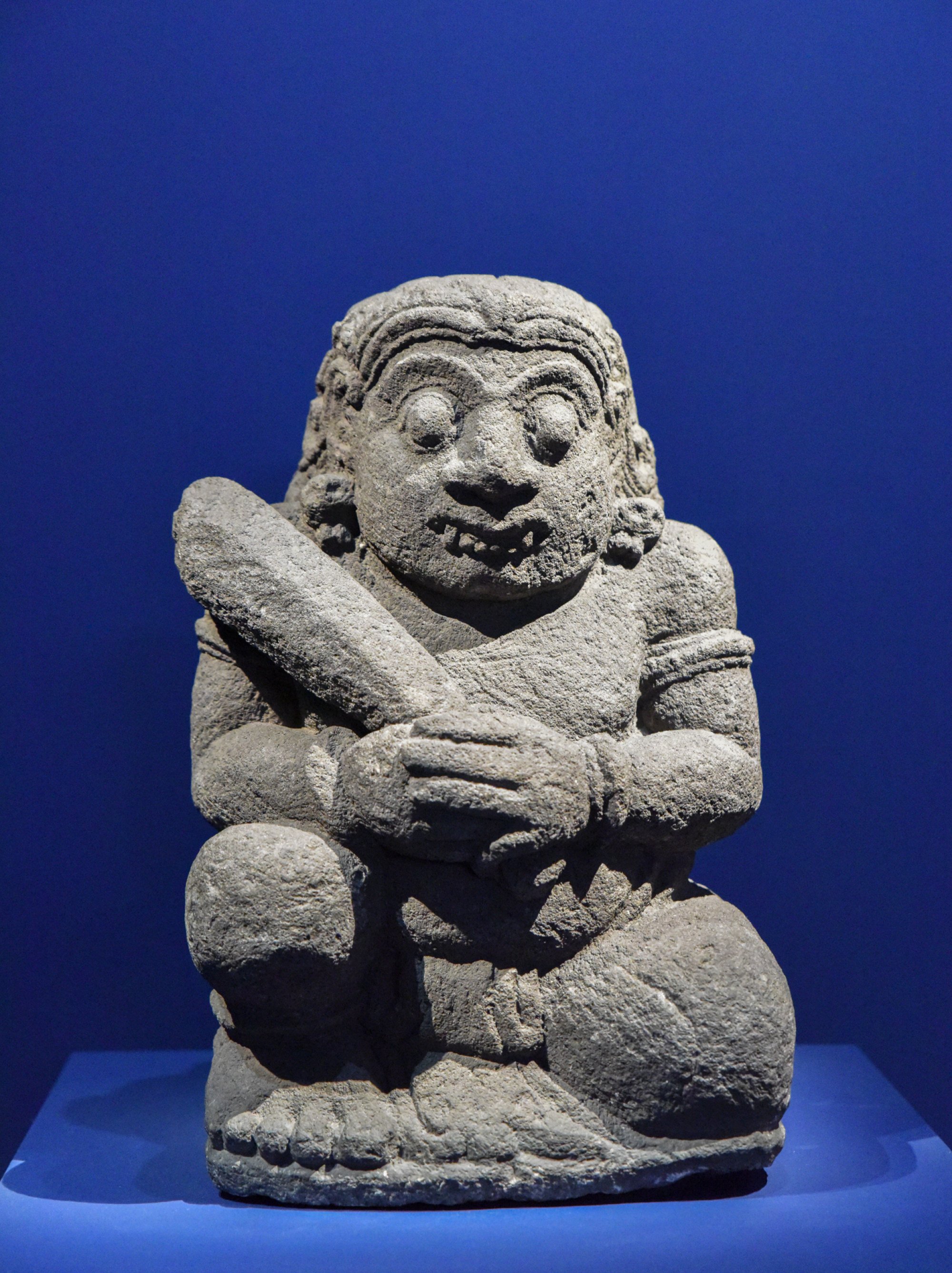
Exhibits are accompanied by signs in multiple languages, including English, that detail the history, design and cultural significance of each item.
The museum, which opened in 2006, is named after the street it stands on and the French president who instigated the project.
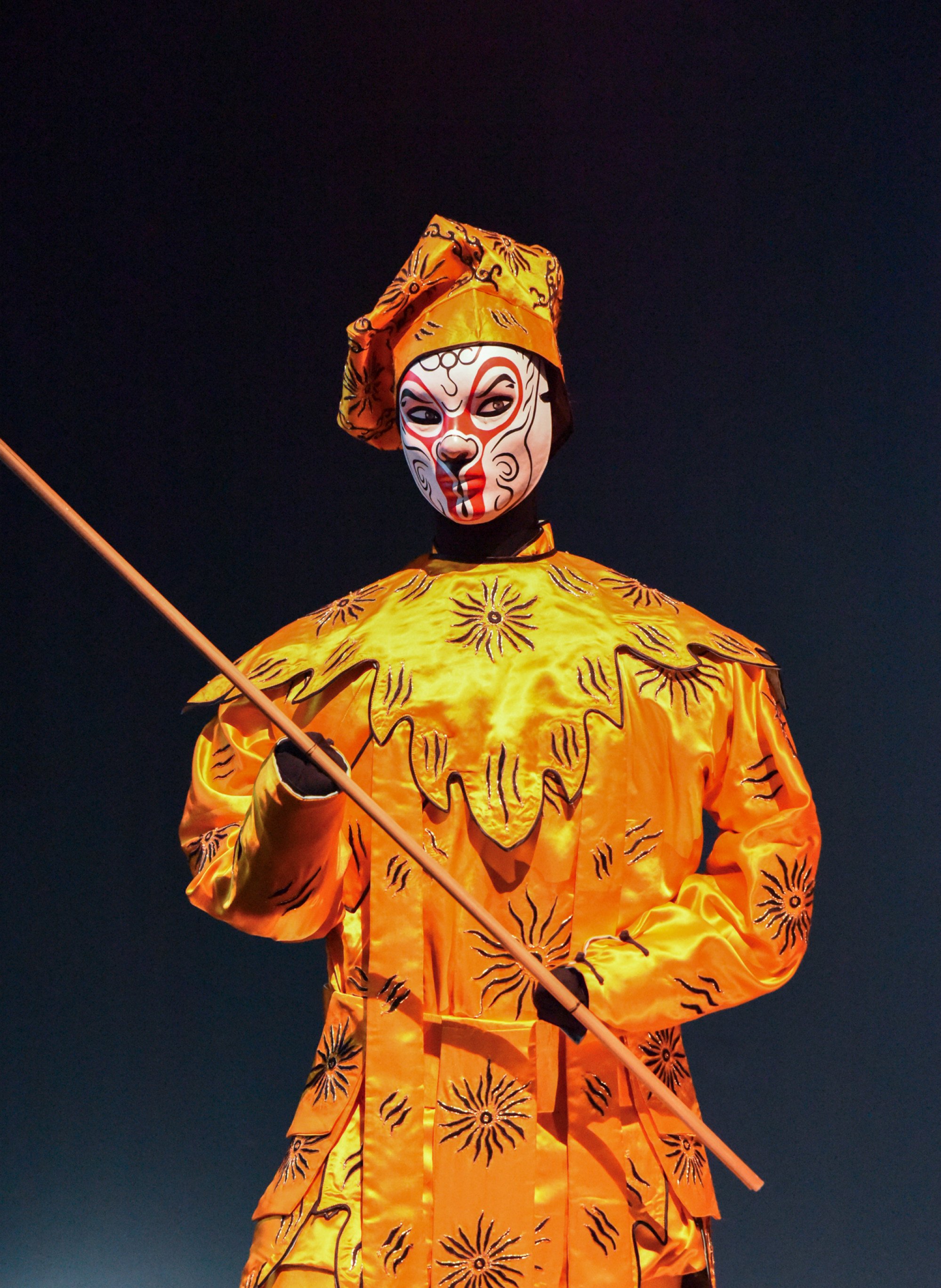
3. Candora Paris
No one else on the planet smells like I do. Which may not sound like a good thing but, trust me, it is. All thanks to RO’C, a cologne named after me, made by me, and worn only by me.
Instead of shopping for designer scents on the upmarket Champs-Élysées, try blending a bespoke fragrance at Candora Paris.
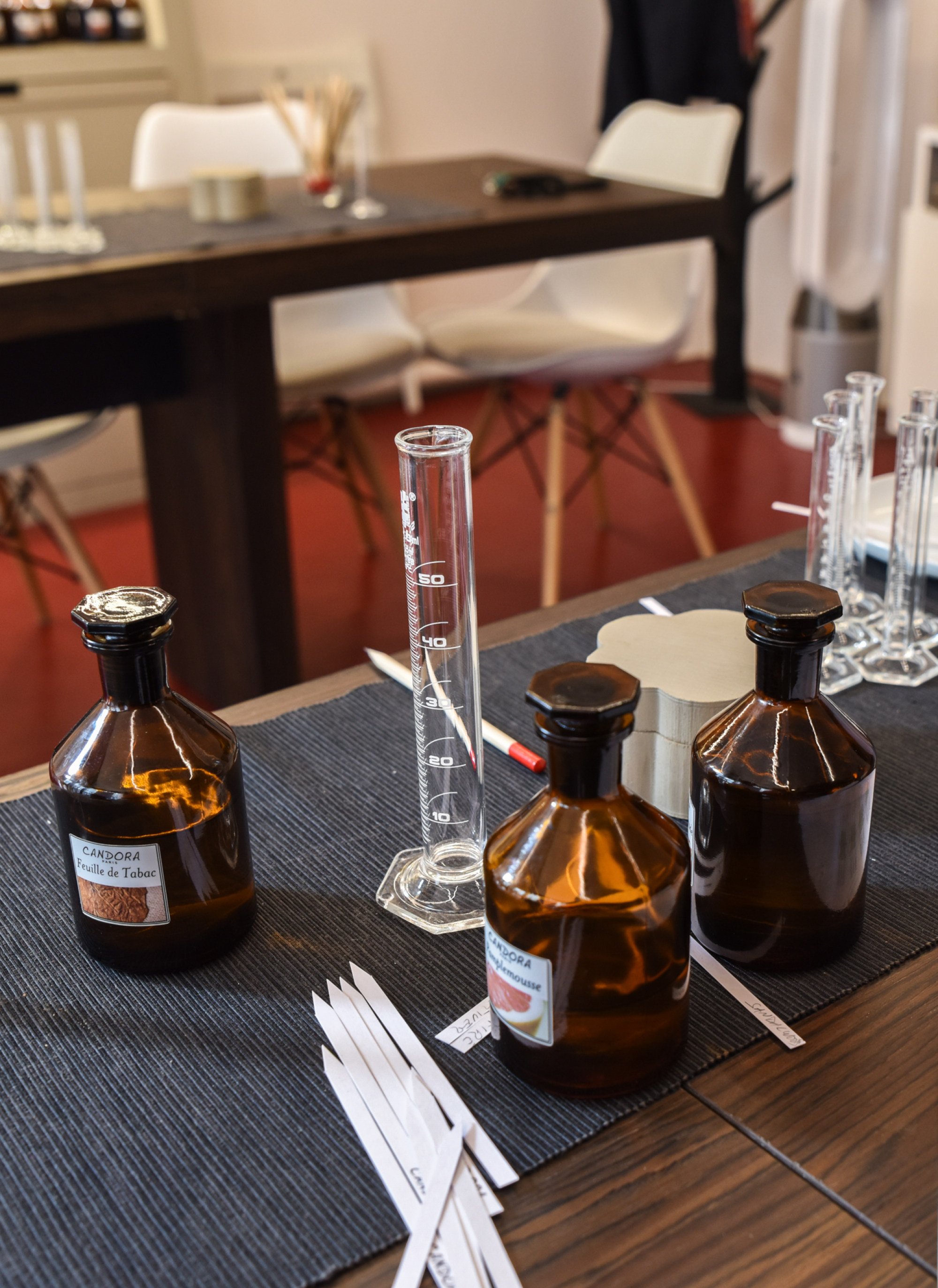
The end product is often a one-off, I am told by owner Emmanuel Frossard, because Candora offers 22 base essences from which participants can blend more than 1,500 distinct fragrances.
First, he explained the subtleties of crafting a new scent. Then Frossard quizzed me on the natural smells I find appealing. His feedback steered me towards a fruity yet masculine combination of grapefruit, bitter orange and tobacco.
Candora’s two-hour workshops cost €95, which includes a 50ml bottle of the new fragrance participants have created.
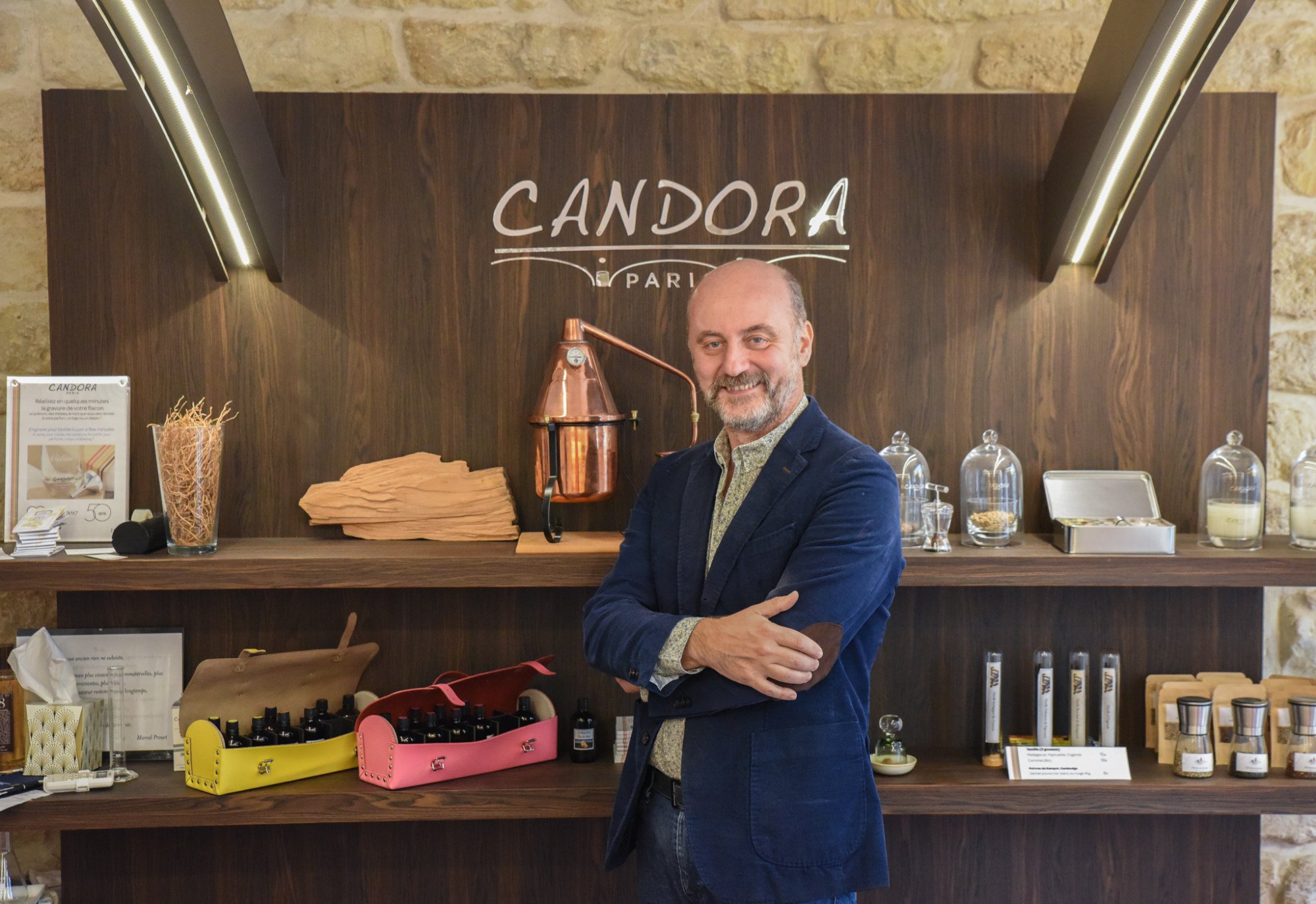
4. Bibliothèque Nationale de France – Richelieu
Near the verdant Palais-Royal Garden, the 17th-century BnF Library Richelieu is impressive in its scale, the stately facade decorated with arches, balustrades, fine stonework and dozens of porthole-style windows.
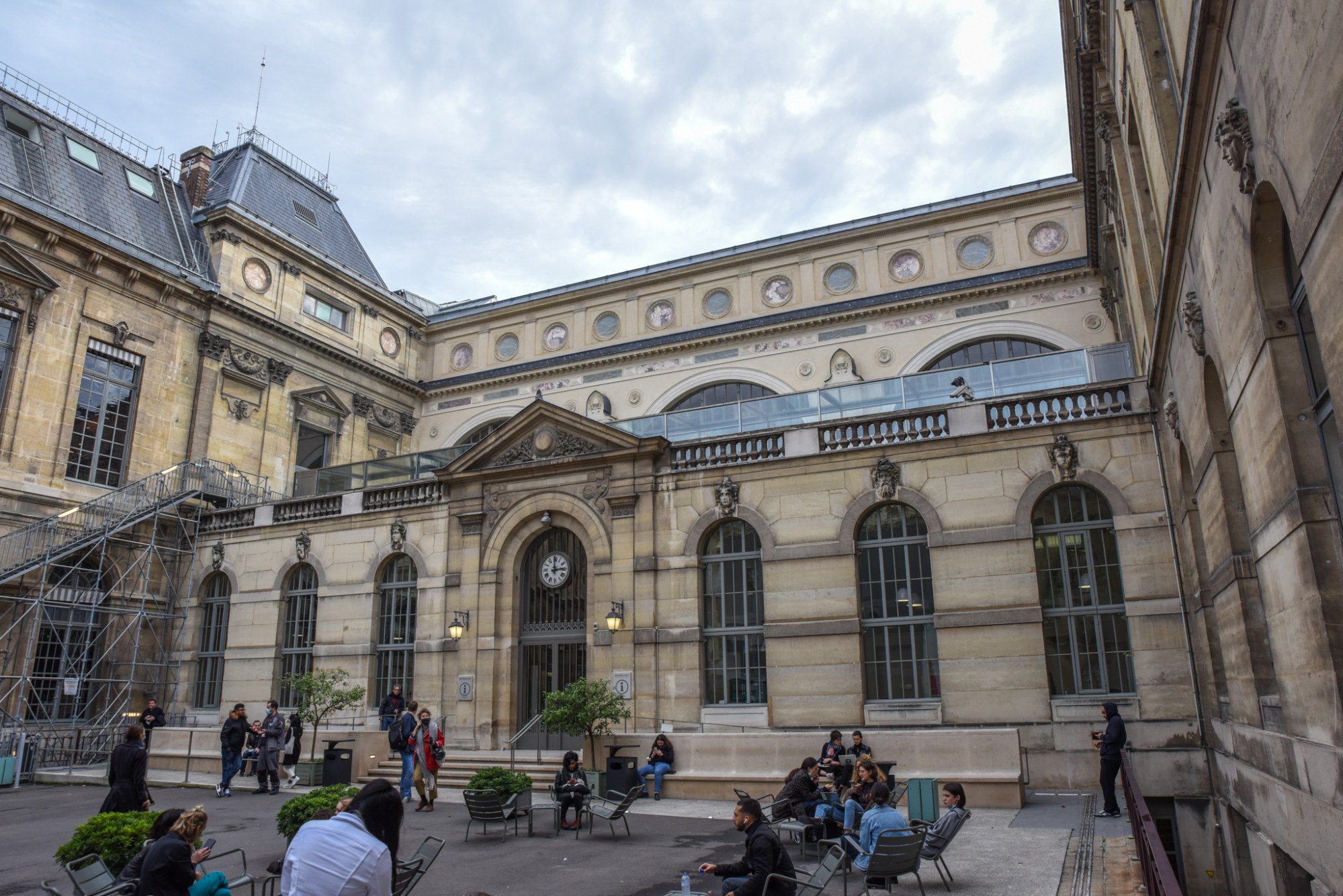
All of which is a mere entrée to the plat principal (“main course”): the Oval Room. More than 20,000 texts fill this cavernous space.
Hand-carved wooden book shelves tower over visitors reading in its 160 study seats, as natural light streams through the giant glass panel on its 18-metre-high ceiling. Enter and you could be lost for words – although not for long, given the contents.
Elsewhere in the complex, which reopened in September 2022 after a 12-year refurbishment, are a research library, a museum, a space for temporary exhibitions, a garden, a book shop and a cafe.
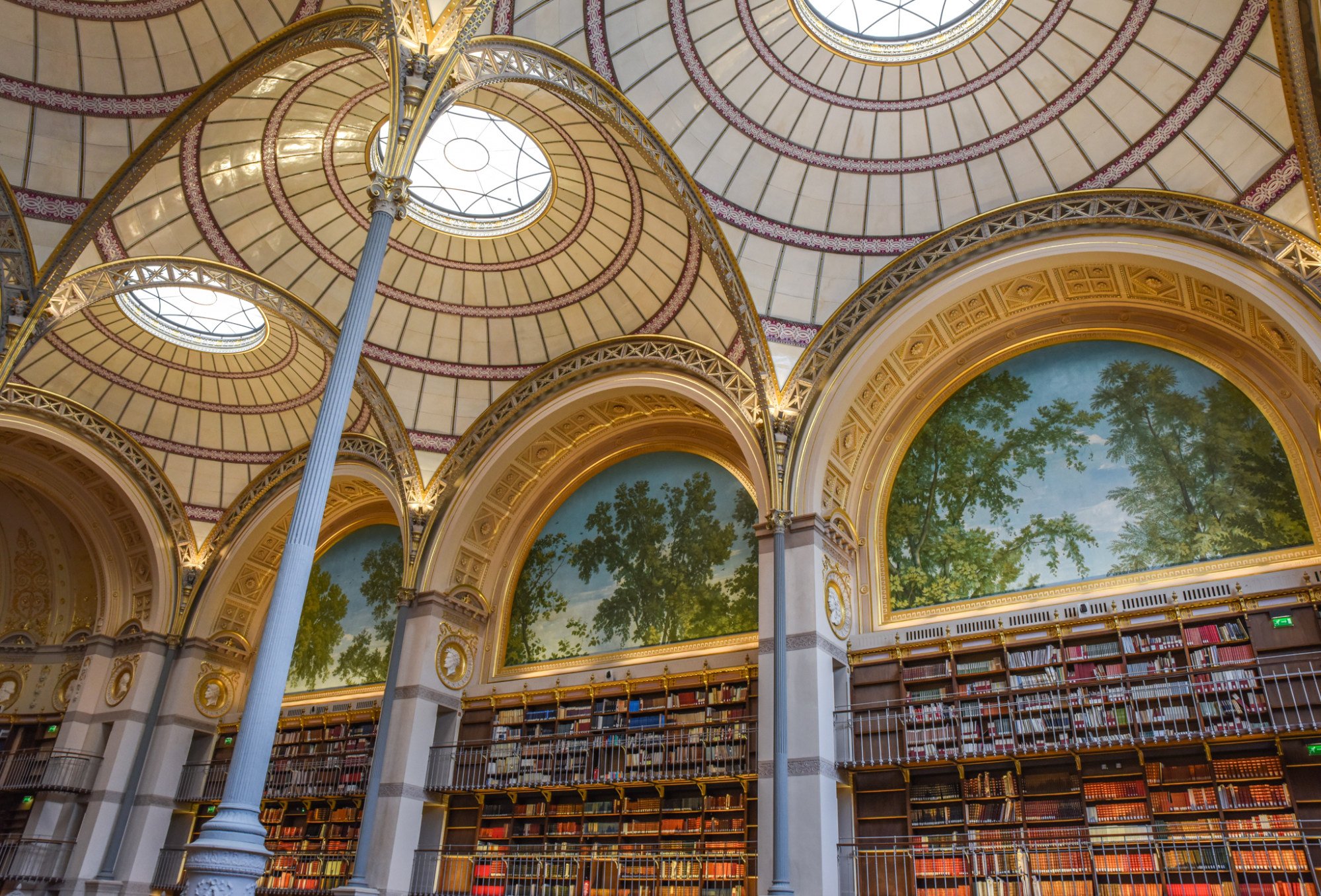
5. Saint-Nicolas-des-Champs Church
Dating back to the 12th century, the Saint-Nicolas-des-Champs Church shares with Notre-Dame many handsome design features, such as rib vault ceilings, dramatic columns, vibrant hand-painted frescoes and polychromatic stained glass windows.
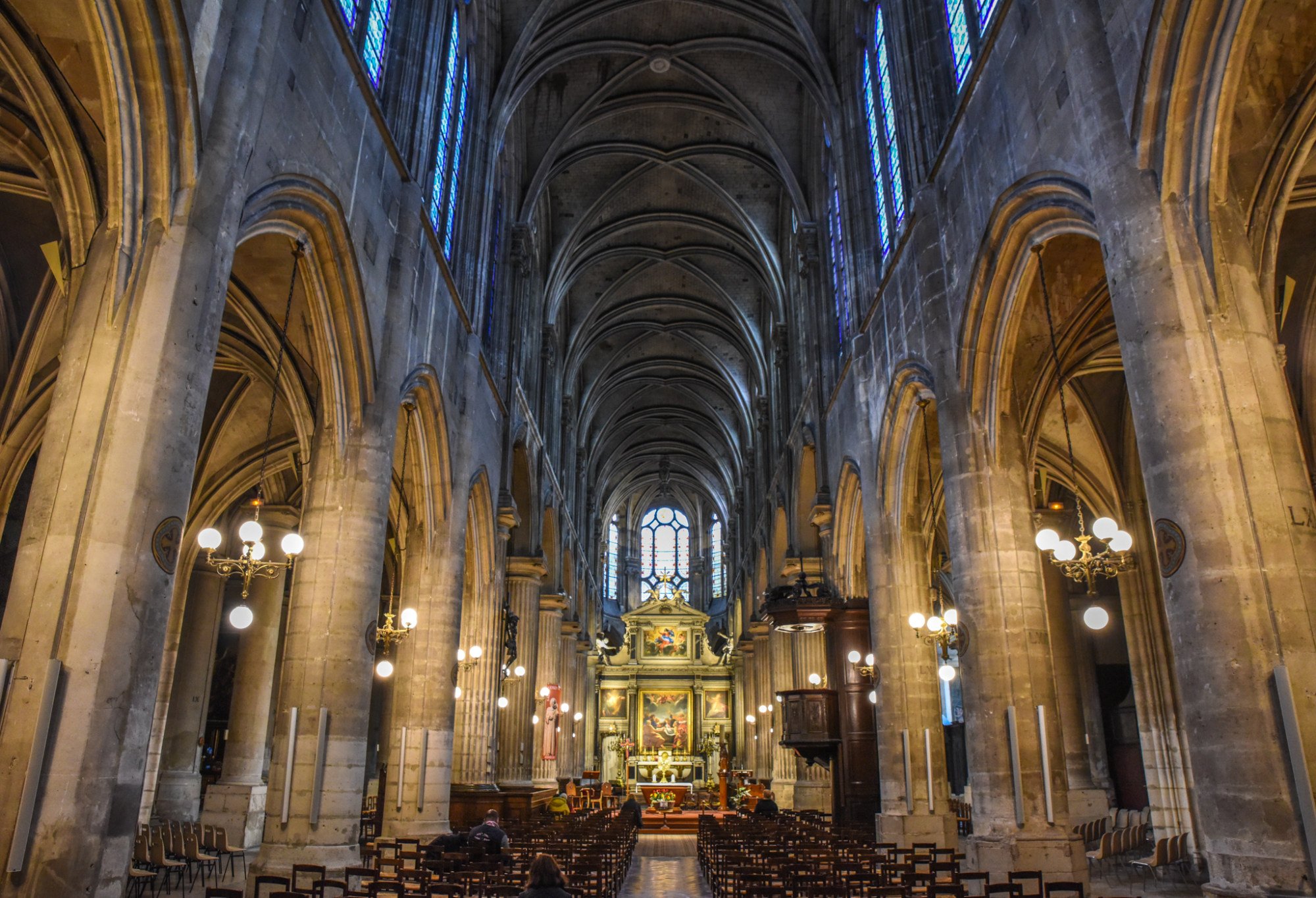
The church’s single bell tower is similar in appearance to Notre-Dame’s famed twin towers.
Situated in Paris’ 3rd Arrondissement, the church flanks another overlooked attraction, the Musee de Arts Metiers, a museum of industrial design that dates back to 1794, with a collection of more than 80,000 items, although only 2,500 are on display.

